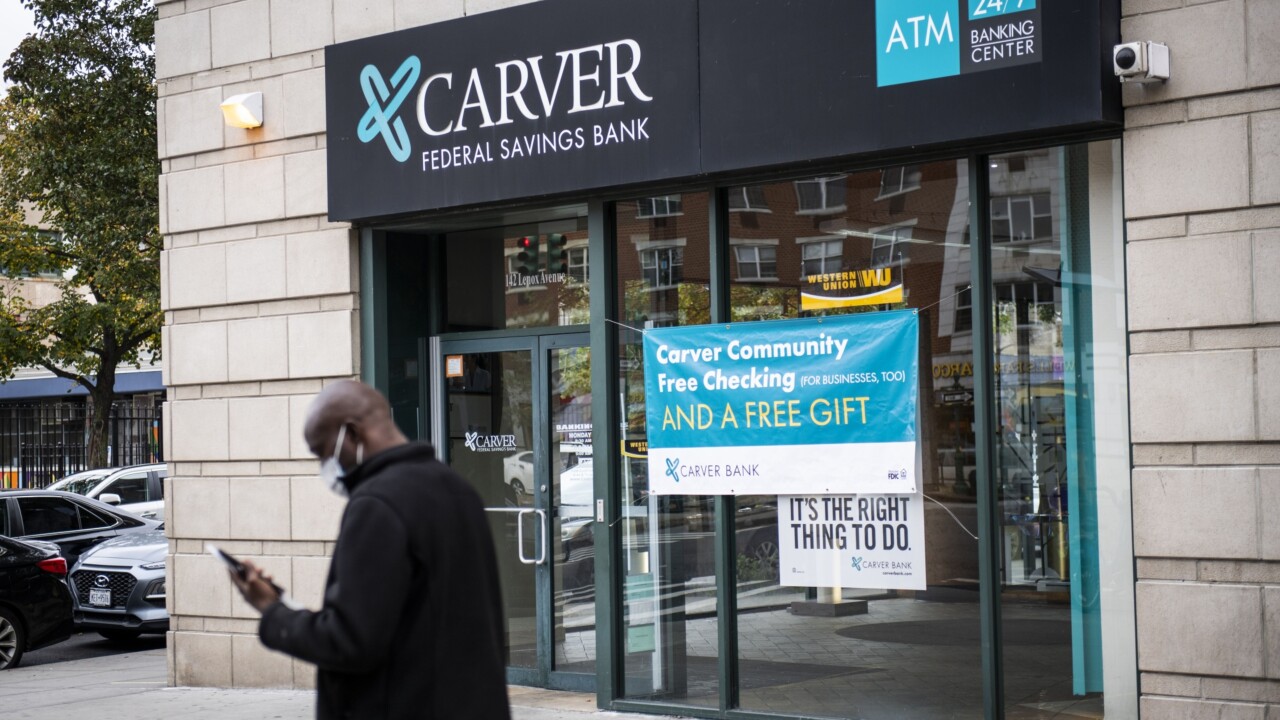Social networking has become so common and broad-based in its use — there are now more than 500 million Twitter users and more than 1 billion Facebook users — that banks have no choice but to incorporate social networking into their marketing efforts.
"There won't be any turning back on the growth on social media and there will be a slow gravitation toward services delivered in the channel," says Michael Versace, global research director, IDC Financial Insights. "Social media will continue to force service industries like banking to find ways to engage with customers," Versace says.
This month, Bank Technology News spoke with social media experts from the banking, technology and analyst community, who revealed five major ways banks can use and benefit from social networking.
Build a community and glean product ideas from it. Many banks, notably Citi and ING Direct, engage with customers via Twitter and Facebook. Sentiment analysis, content tracking and crowdsourcing can turn these interactions into actionable science.
"This can create ideas for innovation," says Harvey Sipel, who represents the social business practice at Cap Gemini. "A lot of people say social media is just Facebook and Twitter. But social is a new way for consumers, employees and even vendors to communicate, interact, and share."
Barclaycard Ring, the card company's "community-built credit card," for example, includes an internally run online community in which cardholders can pitch new ideas. Among the recent ideas is a reward for cardholders who don't repeatedly call the company for service.
Barclaycard Ring makes stats available to consumers on how they are using their cards. Card members benefit financially via rewards if the business unit that issues the cards performs well. Another carrot in the community is "badges." Similar to retweets and "likes" on Facebook, badges are earned for positive behavior, such as signing up for paperless statements. "The platform is scalable and allows us to reach out to folks to develop new products in new ways," says Jared Young, senior director of consumer markets at Barclaycard US.
Young says that by using social networking to bring people into the creative process, the institution is working to improve the way people feel about their financial institution. "U.S. consumer confidence in banks is at an all-time low...and by using the community, we're reaching out to them," Young says.
Monitor customers' posts to learn about product needs and preferences. Erica Barry, director of digital marketing for First Mariner Bank, says changes in traditional web search analysis are making social networking sites an increasingly important way in which the bank gathers life stage and other personalized information about its customers.
Barry says that about a year ago, when Google began encrypting its keywords and implementing "secure search" for anyone performing a search while logged into a Google product, tracking the keywords people were using to get to the bank's site became harder. "Now all we see in Google Analytics is the term "not set,"' she says. "We as businesses are left to draw assumptions and infer trends based on what we see from other sources (social media, other websites) and the keywords we see from search engines such as Bing and Yahoo," Barry says. Google did not return a request for comment.
Barry says that with Facebook, for example, the bank is able to see demographics and interests: favorite shows, movies, "wives of the Air Force," relationship status, alumni associations etc. "Basically, anything that a person adds to their profile is information that advertisers can use to target. We're able to see where our 'followers' are in their lives. Are they just graduating? Are they newly engaged and saving for a wedding?"
The bank can use that information to make its content more relevant to current and potential customers (folks who "like" the bank on Facebook but aren't customers yet). "It's a small slice of the pie, but as Google continues to tweak its algorithm, making it harder for marketers to understand their customers, relevant engaging content is going to be the main driving source of online traffic. In other words, no matter what changes on the search and social platform, good content will always be king," Barry says.
"Social media is changing the face of searching. Customers are using social networks much more now for web searches" than they used to, says Heather McCarty, director for mobile and social marketing for Barclaycard. Her company plans to study what kinds of intelligence it can obtain from social network searches.
Use social media to craft targeted marketing messages. When people use social networking sites, they reveal information about themselves -- what they like, what they dislike, their hopes and aspirations — that can be used for marketing.
"Facebook is a cheap place to advertise, and people on Facebook will tell you about everything — their favorite TV shows, where they're going, everything," Barry says. "We can see what our followers are watching, and tell our marketing department to advertise during 'Dancing with the Stars,' for example."
First Mariner is also finding Pinterest useful for obtaining information. Pinterest lets people post photos about a certain topic, and view similar photo collections of other people. These photos can suggest a person who's interested in home improvement, travel, or purchasing a car, for example. By adopting Pinterest as a social network option for consumers, the bank is including more lifestyle and goal-oriented content into its social mix, and has found it's able to attract younger consumers by giving them a venue to post photos that interest them. "We are pushing more content that's related to people's lives," Barry says.
Use social media data to help with credit decisions. Ken Rees, CEO of Think Finance, an alternative lender, says that much like observing behavior during an in-person visit to an office, social networking offers an opportunity to spot behavior that can inform a broad picture of credit risk. While it's rare for people to discuss why they need an installment loan or how they're having a tough time paying bills, there are still tendencies that can be gleaned by viewing other activities on social networking sites.
Rees, who stresses that social networking aids traditional underwriting, rather than replacing it, says the use of social media in credit decisionmaking is reliant on an analysis of how people are using social networks.
"Not many people talk about paying bills online, but they do tweet about a car breaking down. That can be an opportunity to reach out to a customer for a loan, or to be aware that they may have a need," Rees says.
Rees says one simple creditworthiness check is finding out if a borrower actually has a social media footprint. Facebook and Twitter have become so ubiquitous that it can set off a red flag if a person doesn't have an account. "It's better to have an online ID. Not having one is like walking into a brick and mortar store without a driver's license," he says.
Incorporate social media in reward and loyalty programs. Deloitte's Berini says social platforms are also a popular venue for games. This can be useful in delivering merchant rewards and other loyalty products.
"Games are a way for customers to feel they are building toward rewards that aren't necessarily in the credit card context, but are tied to a certain outcome," Berini says.
First Mariner's Barry says the bank is looking at gaming as a way to increase use of social networking, by allowing players to connect with each other via a social networking site operated by the bank. "The gaming idea is for younger users, people in the 18 to 25 year old range. It's a different way to advertise and get to customers," Barry says.





